Election debates a key test for Albanese and Dutton on their path to power
One is unpopular, the other clearly not match-fit, but voters need to watch these men up close in order to make an informed choice — not the clip-bait we’ve become accustomed to | Best election debates of all time
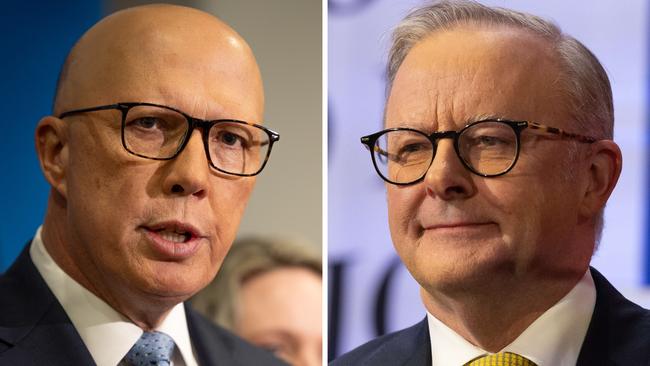
Much is at stake for Anthony Albanese and Peter Dutton in Tuesday night’s election debate. This first head-to-head contest gives voters an opportunity to see the major party leaders outline their competing visions and key policies for Australia, how they respond under pressure and the style and approach they would bring to the nation’s top job.
—————————————————————
Watch the leader’s debate live here from 7.30pm
—————————————————————
The challenge is greater for Dutton. His campaign has been beset by policy confusion, backflips and missteps. From the outset, Dutton has not seemed match-fit. He revealed he would live in Kirribilli House rather than The Lodge in my interview with him on the first weekend of the campaign. He also flagged constitutional referendums on recognition and four-year terms that he later crab-walked away from.
Dutton jettisoned a ban on public servants working from home and ruled out forced redundancies. It comes after downplaying a referendum on powers to deport criminal dual nationals, an unclear gas reservation policy, an unviable plan to build nuclear power plants that would clear regulatory hurdles and promising tax breaks for business lunches and entertainment that went down like a lead balloon.
The task for Albanese is to convince voters that his government deserves re-election after a three-year cost-of-living crisis that has seen mortgage repayments and rents skyrocket and power bills increase rapidly, along with almost everything else from groceries to petrol prices. Meanwhile, Labor has blown the budget surplus and continues to spend at a rate higher than any government outside the pandemic in 40 years.
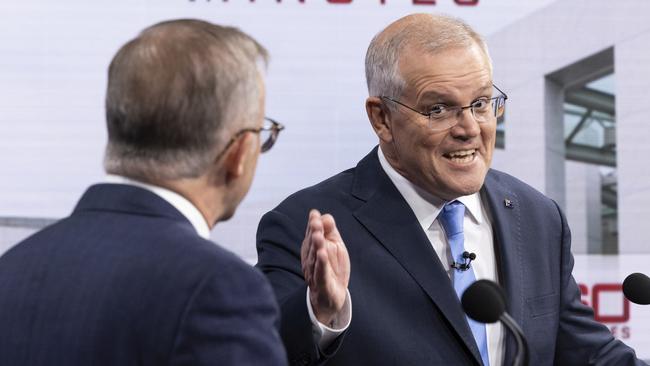
Albanese is, so far, the superior campaigner. His preparation is much better than three years ago, but he is not popular, with only four in 10 voters satisfied with his prime ministership. Voters are looking for alternatives to the major parties and Labor languishes on a primary vote of 33 per cent in Newspoll. He needs to demonstrate leadership strength and craft a narrative that animates his government’s purpose.
The election debate hosted by Kieran Gilbert in a town hall format and broadcast on Sky News is a must-watch. Yet debate audiences have been in long-term decline. In 1993, 71 per cent of voters watched Paul Keating debate John Hewson. In 2007, 47 per cent watched John Howard debate Kevin Rudd. At the last election, in 2022, 34 per cent of voters watched Scott Morrison debate Albanese.
This masks the real audience. It is not television viewers that matter but how clips will be packaged for YouTube, Facebook, TikTok, Instagram, X and other social media feeds.
More people will see the debate in clip format and the impact can be decisive because a gaffe, stumble, killer-blow, hard-hitting point or popular policy can reach voters who are not interested in politics.
The first leaders’ election campaign debate took place in 1984, between Bob Hawke and Andrew Peacock. It was moderated by Ken Randall at the National Press Club. They fielded questions from leading journalists, including Laurie Oakes and Michelle Grattan. Peacock performed better.
Hawke refused to debate Howard in 1987 but did face Peacock again in 1990. In every campaign since, there has been one, two or three debates. They are now a fixed part of Australian elections.
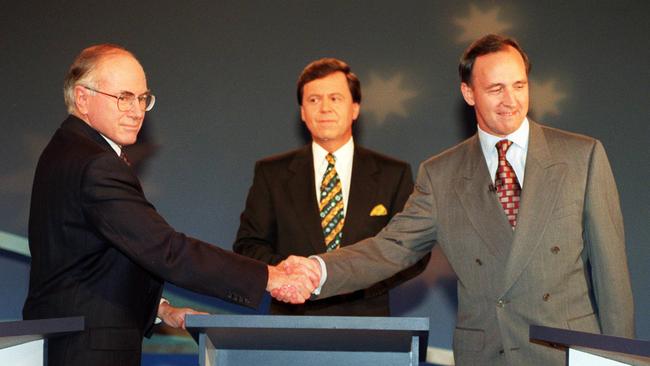
The best debates were held in 1996 and 1993. This was when we had leaders with gravitas and authority, intellectual power and strength of character.
Keating and Howard twice debated policies with conviction, presenting different visions of Australia, and with sharp and arresting language. In 1993, Keating squared off against Hewson, again debating transformative policies with reference to values and philosophy. This was also political blood sport as Keating demolished Hewson in their second and third debates, which helped propel him to electoral victory.
The first televised election debate took place in 1958, although not between the prime minister and opposition leader. Robert Menzies thought debates trivialised politics although he was a good performer on the visual medium. The Liberals’ Harold Holt and Billy McMahon debated Labor’s HV “Doc” Evatt and Arthur Calwell on Channel 7, moderated by newspaper editor Angus Maude.
In 1961, Holt and McMahon debated Labor’s leadership team of Calwell and Gough Whitlam, again on Channel 7. Menzies gave it a miss. There were other televised debates in the 1960s, including between deputy leaders McMahon and Whitlam in 1966 and again during the 1967 half-Senate election, when Whitlam was Labor leader. Whitlam accepted an invitation to debate John Gorton during the 1969 election on Channel 10 but the prime minister declined.
There is always a debate about debates. Liberal Party federal director Andrew Hirst proposed four, on SkyNews, Nine, Seven and the ABC, in letters to Labor’s national secretary Paul Erickson on March 3 and 28. Erickson proposed three, with one hosted by the ABC and another by the National Press Club, in a letter on March 31. A second debate is agreed for April 16 hosted by David Speers on the ABC.
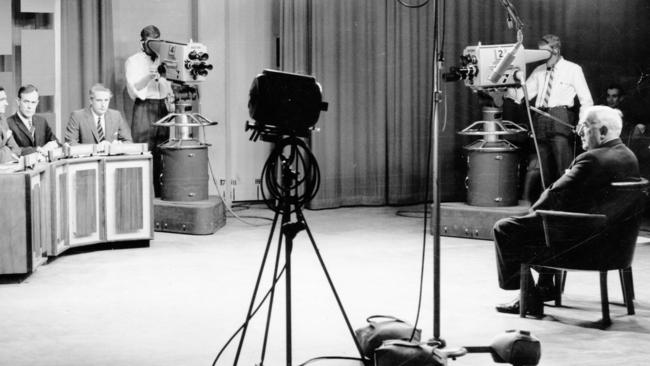
This demonstrates why we need an independent election debate commission, an idea I have repeatedly advocated. Both major parties support it, including Morrison and Bill Shorten in 2019.
Negotiations commenced after that election but it was not agreed. Neither Albanese nor Dutton advanced it in the past three years. The television networks do not have a unified view on how it would work.
A commission with representatives of the major parties and broadcasters would negotiate a schedule of debates during a campaign with different formats.
Ideally, a head-to-head contest with a moderator; another with a town hall-style format where voters can ask questions; and a third with a panel of leading journalists. These are the best formats and they have been used before. Is it that hard?
For now, voters should watch Tuesday’s debate. After May 3, regardless of whether Labor or the Coalition has a majority of seats, one of these men will be Australia’s prime minister. Debates are the only opportunity to see them, side by side, explain and defend their policies, and judge who is best equipped to lead us for the next three years.


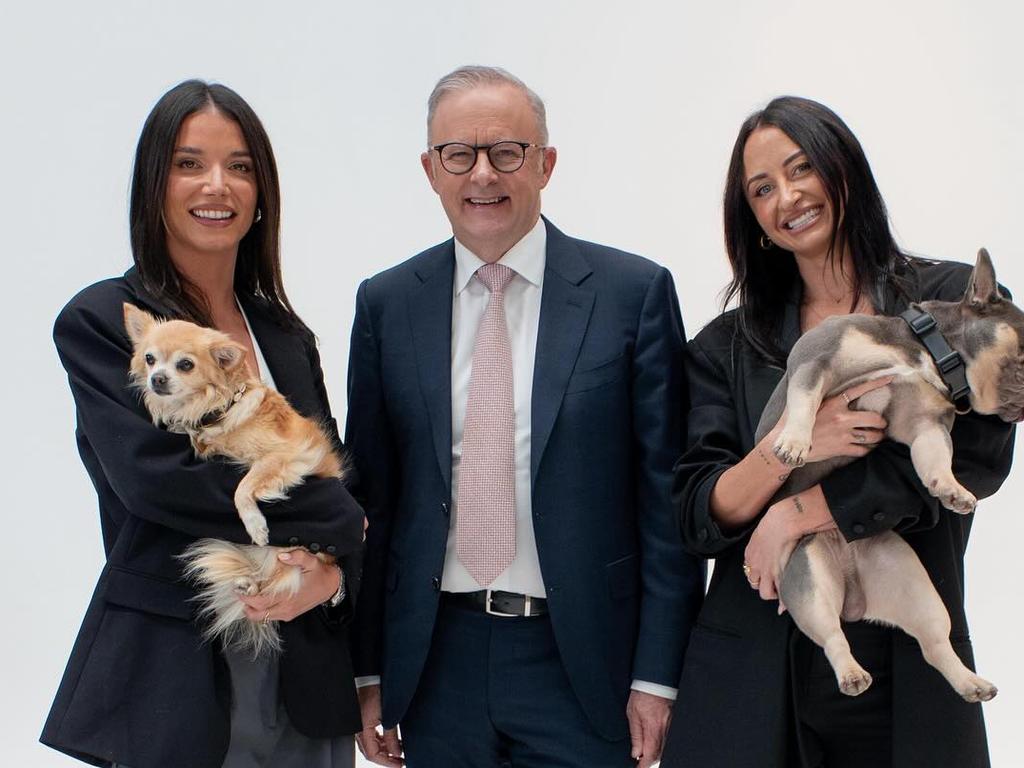
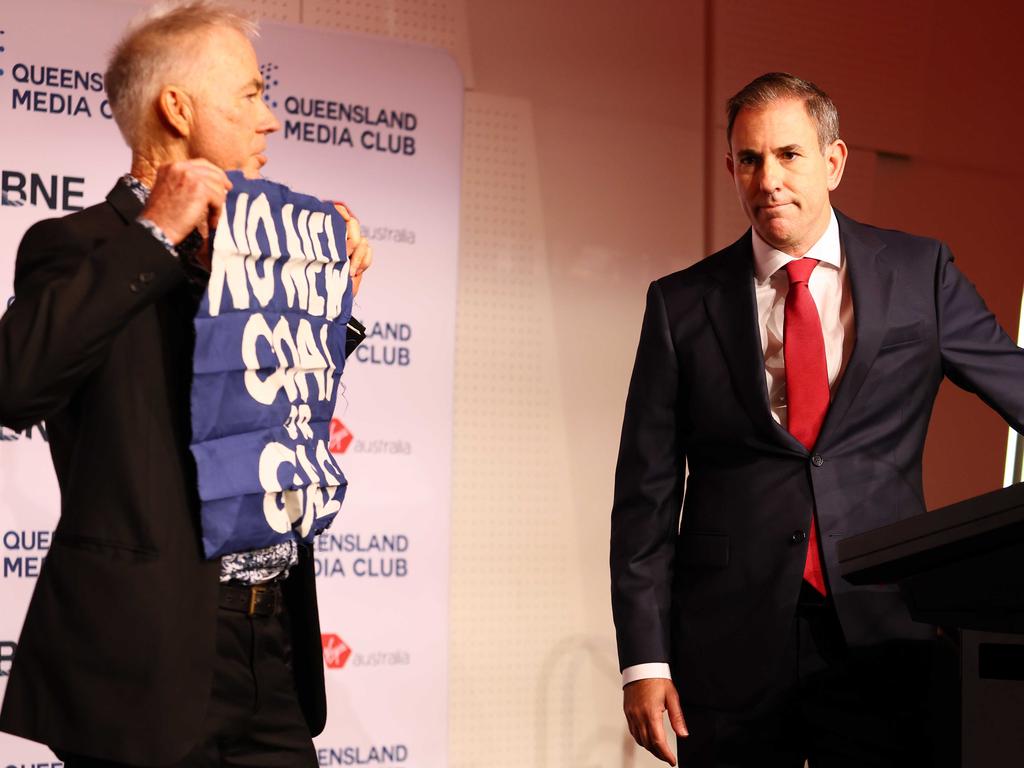
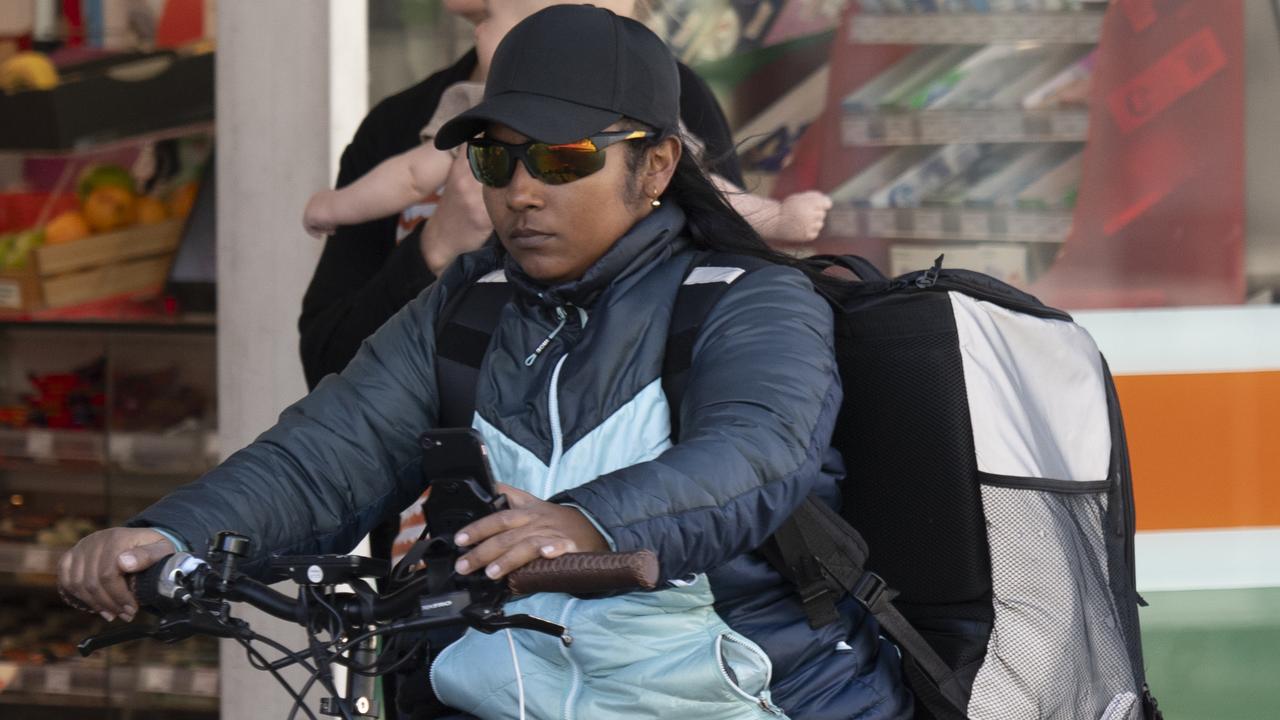

To join the conversation, please log in. Don't have an account? Register
Join the conversation, you are commenting as Logout